By Jacob Shapiro
It’s been a few years since I wrote for the Beat! I’m back at Fantom Comics in Washington, DC, after some time away working for publishers in New York. Seeing the industry from the other side of the retailer-publisher relationship taught me a lot, and it’s been fulfilling to apply the lessons I learned since my return to Fantom in 2023.
Diamond Comic Distributors’ recent bankruptcy loomed over the ComicsPro retailer summit this year. With the company failing to ship comics on time for months and owing huge sums of money to publishers, nearly every speaker at last week’s conference in Glendale addressed their plans to move away from Diamond for distribution.
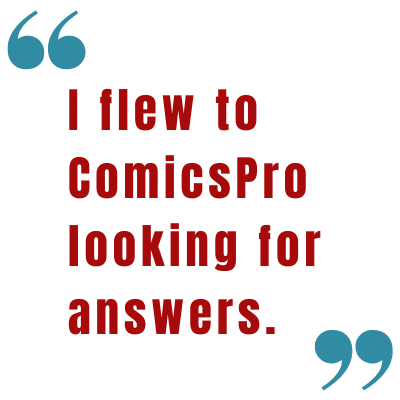
Penguin Random House once again had a strong presence at ComicsPro, focused on distributing bigger publishers: Marvel, Kodansha, Dark Horse, IDW, and their newest acquisition BOOM! Studios. I’m wary of PRH as a giant corporation trying to swallow other companies whole… but in my experience they’re by far the easiest distributor to work with, from their retailer website interface to a sales rep who I actually know on a first-name basis.
Lunar has fewer tentpole publishers by comparison (DC, Image, Oni Press) but they’ve swooped in for most of the remaining mid-sized and smaller companies who previously distributed through Diamond, as well as the “literary” publishers Fantagraphics and Drawn & Quarterly. This seems like a healthy business plan — I knew they were onto something when small press darlings Silver Sprocket and Bulgilhan Press signed on with Lunar.
As far as the Big Two publishers go, DC Comics was the clear winner this year. In my view, they’ve handled the comics side of their business better than Marvel for a while now, and their announcements last week solidified that. They announced a “Summer of Superman” with multiple new series to tie in to the big Superman movie release in July: complete with a new Supergirl written & drawn by longtime Teenage Mutant Ninja Turtles scribe Sophie Campbell, and… a Krypto comic!! Meanwhile Marvel rushes to reprint Jeff the Land Shark comics and announce a new Jeff series, seemingly caught flat-footed that the cute mascot character would be a hit in Marvel Rivals.
DC’s knockout punch this year was Batman writer Chip Zdarsky passing the baton to his Sex Criminals collaborator Matt Fraction for the first new Batman #1 since DC Rebirth nine years ago. It’s finally stopped raining in Gotham. Sunrise over the city… and what’s that? Batman’s suit is blue & gray again! Shedding the goth black suit for a new era with Bat-veteran Jorge Jiménez on art duties.

On top of that, DC has Hush 2 coming in the pages of the main Batman series starting with issue #158, rather than a standalone miniseries. Ironic considering it will be followed by Fraction’s new #1, but we’ve banged the drum about “too many comics coming out each week” for a long time and if Hush 2 performs well, maybe it’ll incentivize DC to publish the next big auteur Batman miniseries in the pages of the main title rather than add yet another Bat-book to the dozen other concurrent Bat-books.
Oni Press was the other standout to me at ComicsPro 2025. There have been years I felt Oni’s slate was weak, propped up by Scott Pilgrim reprints, but this year was different. President Hunter Gorinson announced that 2024 was Oni’s best year ever, highlighted by the Scott Pilgrim 20th anniversary box set but also their EC Comics relaunch: the best selling single-issue series in the company’s history. An impressive feat given that anthology comics can be hit-or-miss commercially. Oni also snagged Free for All, a one-shot by the breakout cartoonist of 2024, Beneath the Trees Where Nobody Sees writer/artist Patrick Horvath. On top of that, Harrow County artist Tyler Crook’s new Oni title Out of Alcatraz with writer Christopher Cantwell (Plastic Man No More!) looks like it has the potential to be one of the big indie hits of 2025.
Oni also announced brand new $9.99 “Compact Collection” reprints of older Adventure Time and Rick and Morty comics, in the vein of DC’s popular Compact Comics — it’s wild that Oni Press can do these better than Marvel can with their unwieldy $14.99 “Marvel Premier Collection” releases.
IDW’s Godzilla comics have been increasingly popular at Fantom over the last few years, outselling many Marvel and DC titles. I was happy to see their announcement of a new “Kai-Sei Era” shared universe for three new Godzilla series including the first true ongoing Godzilla comic in a decade, from Tim Seeley (Revival) and Nikola Čižmešija (Batman: Urban Legends). The new George Takei graphic memoir It Rhymes with Takei from IDW’s Top Shelf imprint should be another home run release during Pride Month in June.
The big new face at ComicsPro this year was Ignition Press, headed by former BOOM! Studios president Filip Sablik, former IDW editor-in-chief Jamie S. Rich, and cartoonist Jeremy Haun, whose creator-owned 2010s Image series The Beauty is getting a TV adaptation from FX under the Ignition Press umbrella. There seemed to be more upstart publishers than ever at ComicsPro, but Ignition looked the best prepared and the best funded. Filip is known for his Ted Lasso-style inspirational speeches, and he said basically everything you’d want to hear about a new publisher of creator-owned comics; focusing on supporting the comics themselves, “future-proofing” by making sure quality content comes first.
None of this matters if the comics themselves aren’t good, but Ignition has brought on a bevy of A-list creators like Simon Spurrier (Coda), Cullen Bunn (Harrow County), Stephanie Williams (Nubia), and Leah Williams (Power Girl), all of whom seemed legitimately excited for the books they’re working on at the new publisher. To be honest, with DSTLRY fumbling a bit after signing their exclusive Diamond deal, Ignition could be primed to take their spot as the resident boutique publisher for big-name artists and writers to bring their creator-owned work.
Dark Horse did not attend ComicsPro this year… cost-cutting makes sense, but it’s telling to see one of the big American comic houses skip town while all the major manga publishers made their presences known at the show. I’m always impressed by how much effort Kodansha, Viz Media, Yen Press, and Square Enix put into supporting the direct market, considering how much more money they make selling through Amazon and Barnes & Noble than at traditional comic shops.

By that same token, I’m impressed that the multinational conglomerate Penguin Random House would put so much time and effort into distributing periodical direct market comics in the years since the pandemic, our archaic little industry with thin profit margins and a tiny footprint compared to the book market. Hopefully it means PRH and the manga publishers still see value in comic shops… it assuages some of my fears about the post-Diamond viability of my shop, to answer Brian Hibbs’ question from his podcast interview.
I’m feeling optimistic about the direct market and floppy periodical American comic books; 2024 was a growth year for Fantom Comics. Ultimate Spider-Man, Absolute Batman, and The Power Fantasy have been smash hits bringing in new readers who sign up for subscriptions with us for the very first time; these long-term returning customers are the lifeblood of our comic shop. Beneath the Trees Where Nobody Sees proved we can still have a cult hit American comic too, and I even saw copies of it at the airport bookstore on my trip home after ComicsPro. Adapting to a more complex distribution environment and embracing manga as an integral part of comics — manga is just the Japanese word for comics, after all — will be critical to survive in the next decade. There might just be some growing pains along the way.
P.S. Maybe this is an aside since hardly anyone at ComicsPro felt comfortable talking about it, but an elephant in the room was U.S. President Donald Trump’s continued threats of tariffs on goods imported from Canada — the United States’ biggest trade partner, with many Canadian retailers, publishers, and creators in attendance at ComicsPro — and China, the US’ third largest trading partner, with countless items manufactured in China sold at comic shops. Popular known Canadian Chip Zdarsky was just hired to write Captain America, for cryin’ out loud!!
Canada and China are the two most important countries for printing American comics; if tariffs are imposed on paper coming from these countries, comics will be more expensive to print. We’ve already seen printing costs rise in the years since the COVID pandemic, and that time a container ship got stuck in the Suez Canal and upended the global supply chain.
Don’t take my word for it: Heidi has written about this topic better than I could. She writes that “most are printed in Canada and even those that are printed in the US use Canadian paper. Expect the price of periodical comics to go up.”
It’s tough to tell whether to take Trump’s threats seriously; as of this writing, he says he’s delayed his 25% tariffs on Canada until April 2. But even the vague threat of tariffs can upend the market, as businesses are unsure whether they can invest or not. I can’t run my business in fear of what might happen, though, so I’ll keep chugging along.
Jacob Shapiro is the co-owner & co-manager of Fantom Comics in Washington, DC. He previously worked as sales & marketing manager at Nobrow/Flying Eye Books and Penzler Publishers/the Mysterious Bookshop.
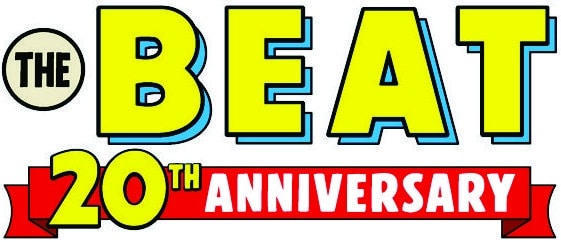

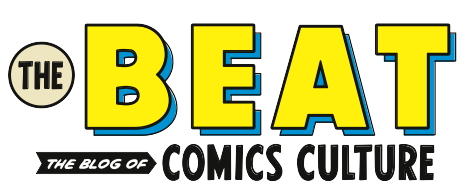
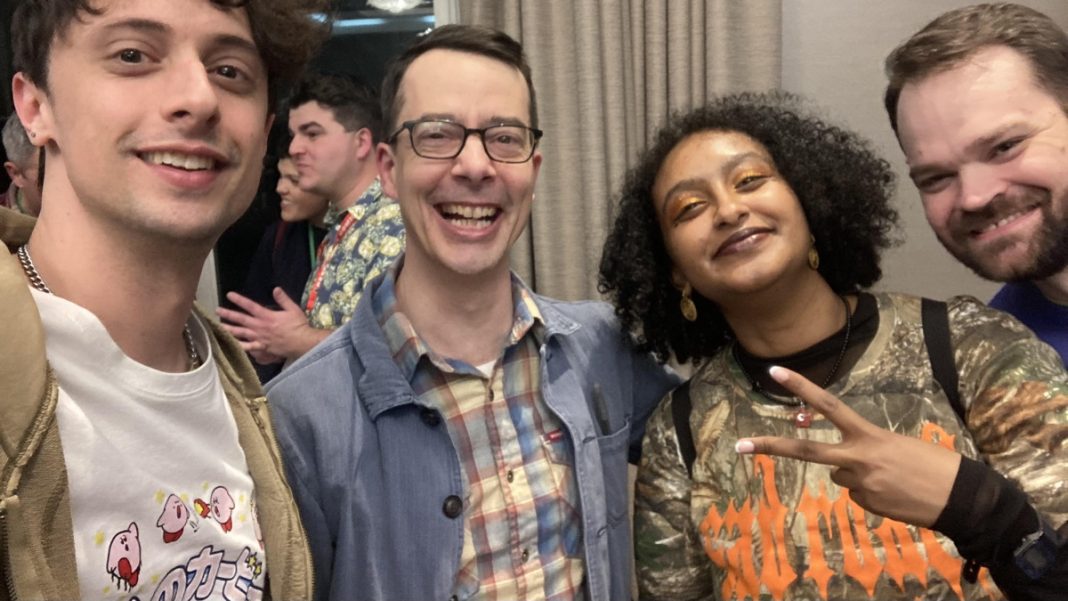
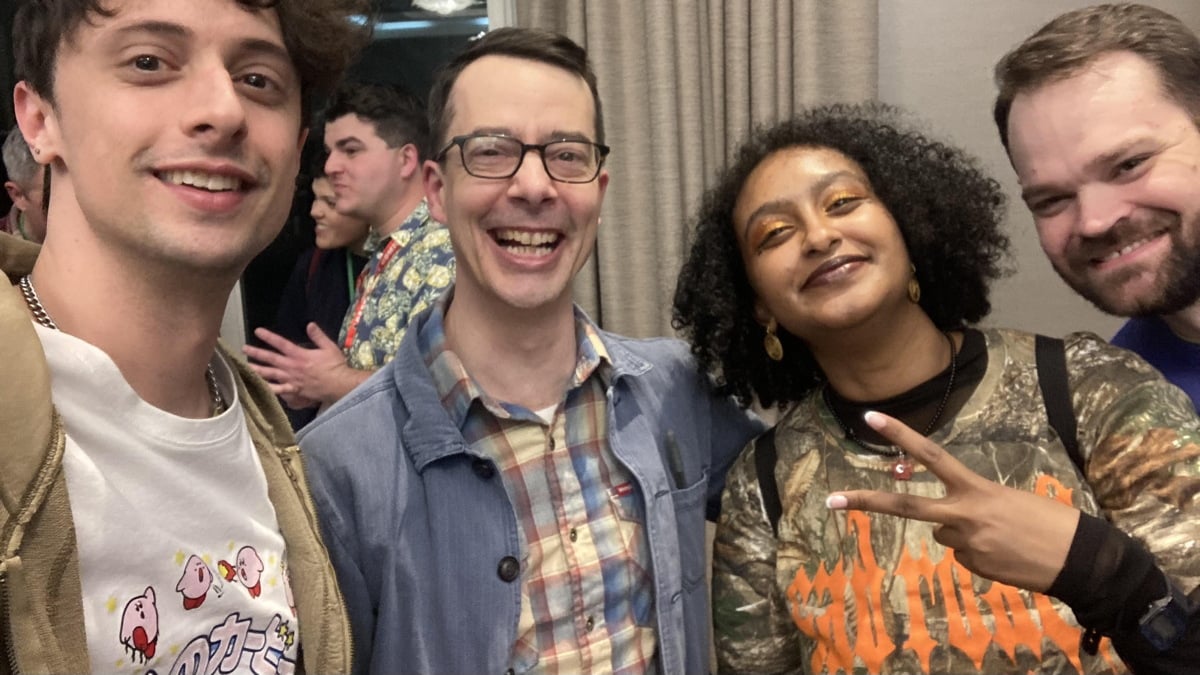








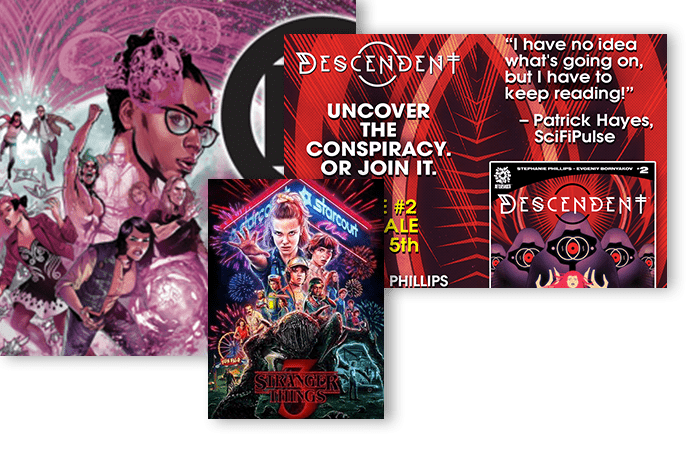
Great article — really enjoyed and appreciated both the information and the perspective. Thank you!
I go thru the new comics racks a couple times a month and flip thru books I may be interested in. 95% of the time, the writing is thin with minimal panels per page. $3.99? $4.99? $7.99?!! Forget it. I’d like to sit for a half hour and read something entertaining, not buzz thru a comic and file it away. Writers should write more in books, especially if it’s their own creation. Look at the comics from the 40s-60s. Great value for a dime. Today? Not even close…
Great overview!
Good article. (I think I know which person in the photo is Jacob, but it’s a bit odd to not name the people.)
Comments are closed.